During the very first introductory singing with the new Sacred Harp: 2025 Edition, many singers noticed that the gilt lettering and decorative elements on the front cover began wearing off—my own copy included. For a book that will see years of heavy use, this was surprising and disappointing. The cloth material chosen for the cover, and the process used to apply the gilt, seem not to have been as durable as expected.
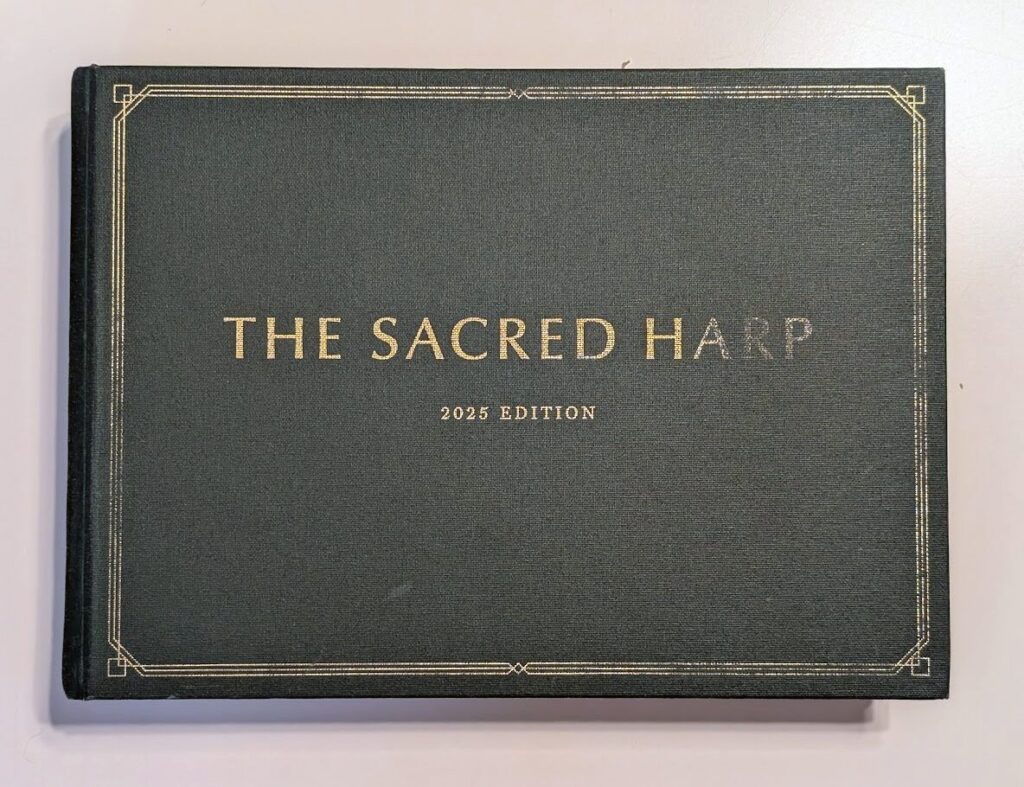
Book production involves many moving parts, and publishers depend on the knowledge and guidance of printers and binders when it comes to materials and finishes. It’s possible that the printer did not anticipate how quickly the cover would show wear, or that any warnings about durability did not fully convey how serious the problem might be in practice. Whatever the case, it is best understood as an unfortunate production issue rather than a reflection on the editors and publishers themselves, who worked in good faith to bring this edition into the world. Singers should not begrudge those who labored to bring the new edition into being.

Phase One of My Preservation Experiment
To test one possible solution, I tried applying Krylon Archival Varnish to the cover of my own copy.
Step 1. Protecting the book.
I slipped a plastic grocery bag over the block of pages to keep them covered from overspray. Originally I considered masking it off more carefully, but just snugging it up and folding it into the book to keep it tight seemed sufficient for the test.
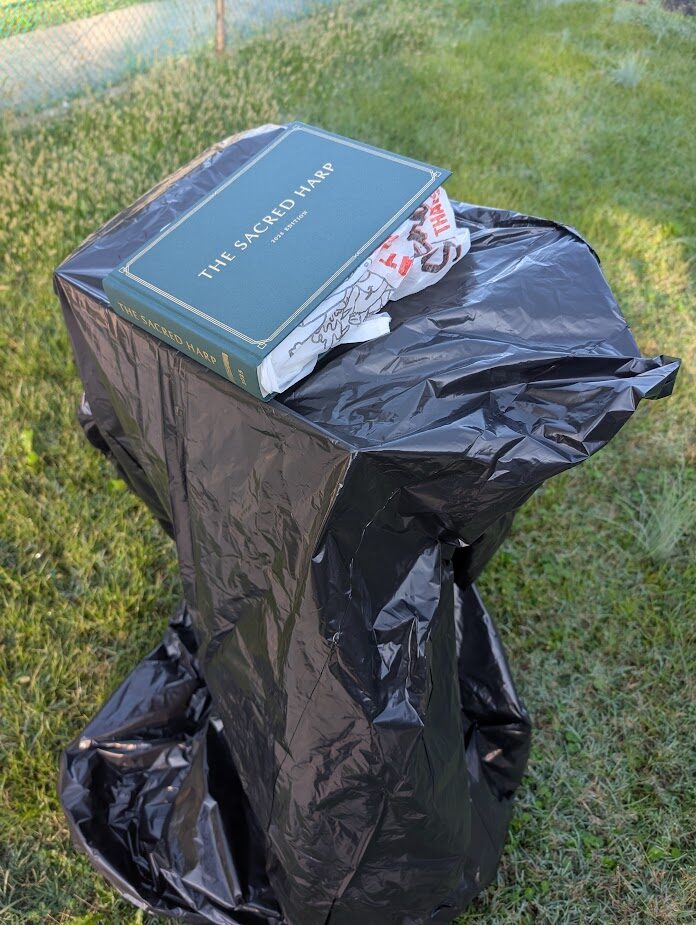
Step 2. Setting up.
I placed the book on a music stand wrapped in a large trash bag to protect the surface underneath. Working in a well-ventilated outdoor space, I shook the can thoroughly and began spraying the top and spine of the book. My goal was to apply the varnish lightly and evenly.
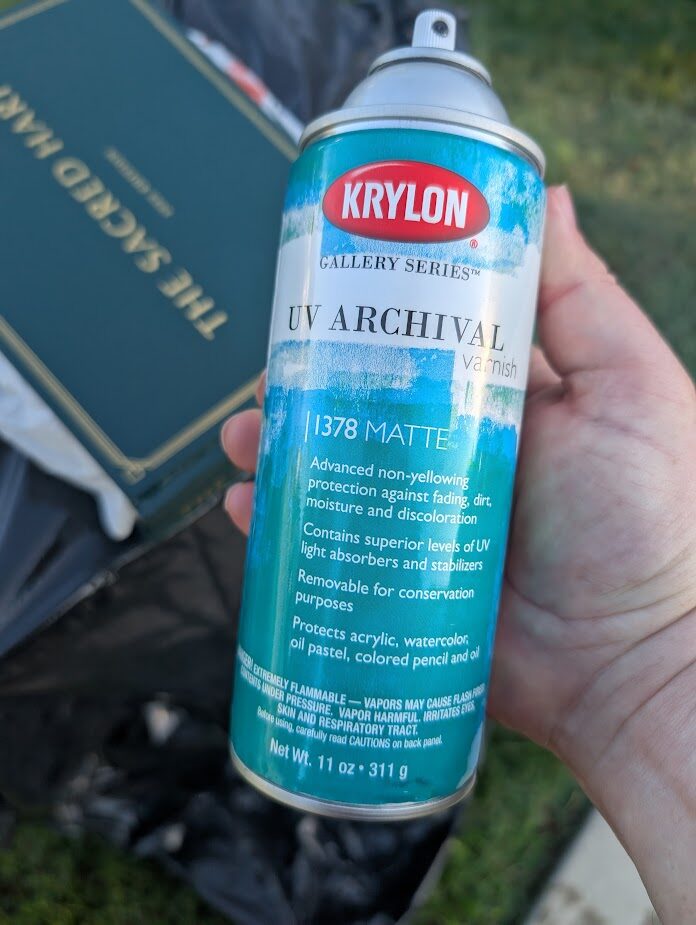
Step 3. First results.
After about 12–15 minutes of drying, white spotting appeared on the surface. The can indicated the spray should dry within that time, but I allowed another 15 minutes before applying a second coat.
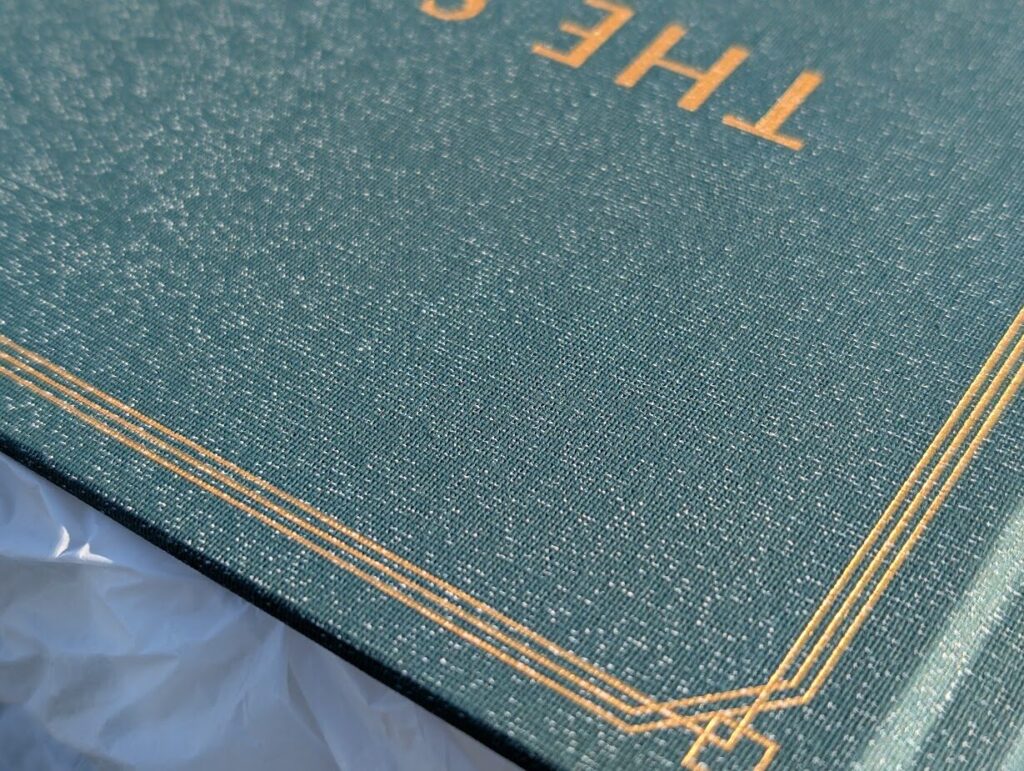
Step 4. Additional coats.
The extra drying time did not reduce the spotting. I applied a second coat, and later a third, about 25 minutes apart. Each time, white dots appeared, though they became less pronounced with additional layers. By the third application, the sun was out and the finish dried more quickly. Unfortunately, the nozzle began to clog and spit rather than mist, so I stopped and allowed the book to rest for several hours.
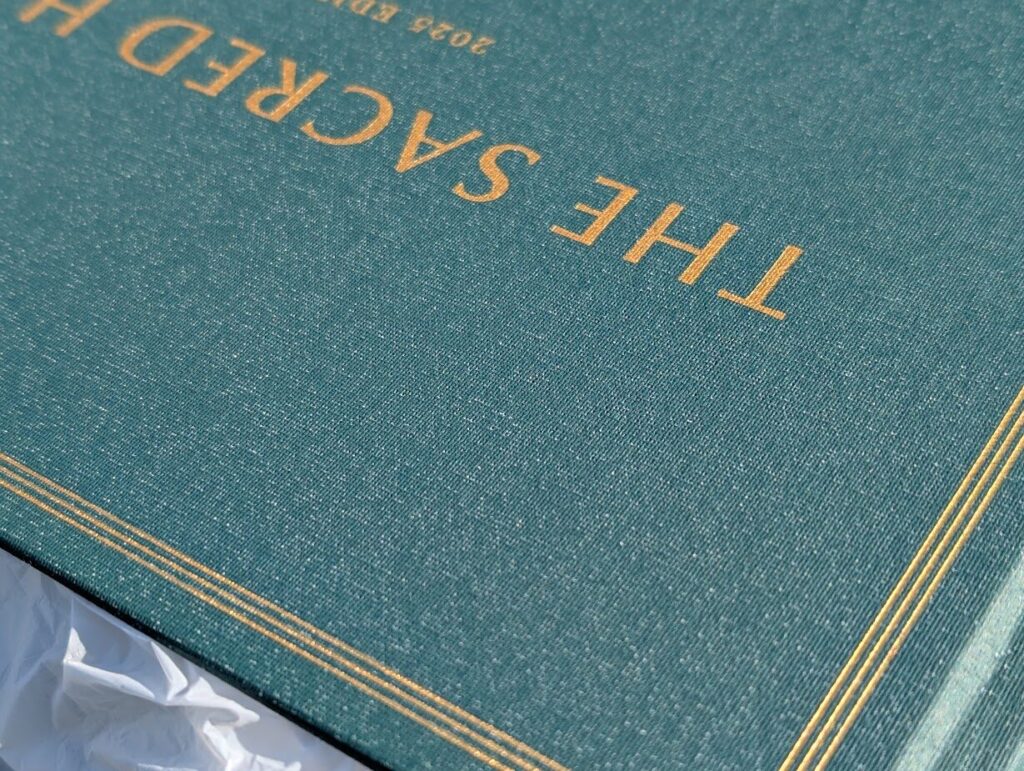
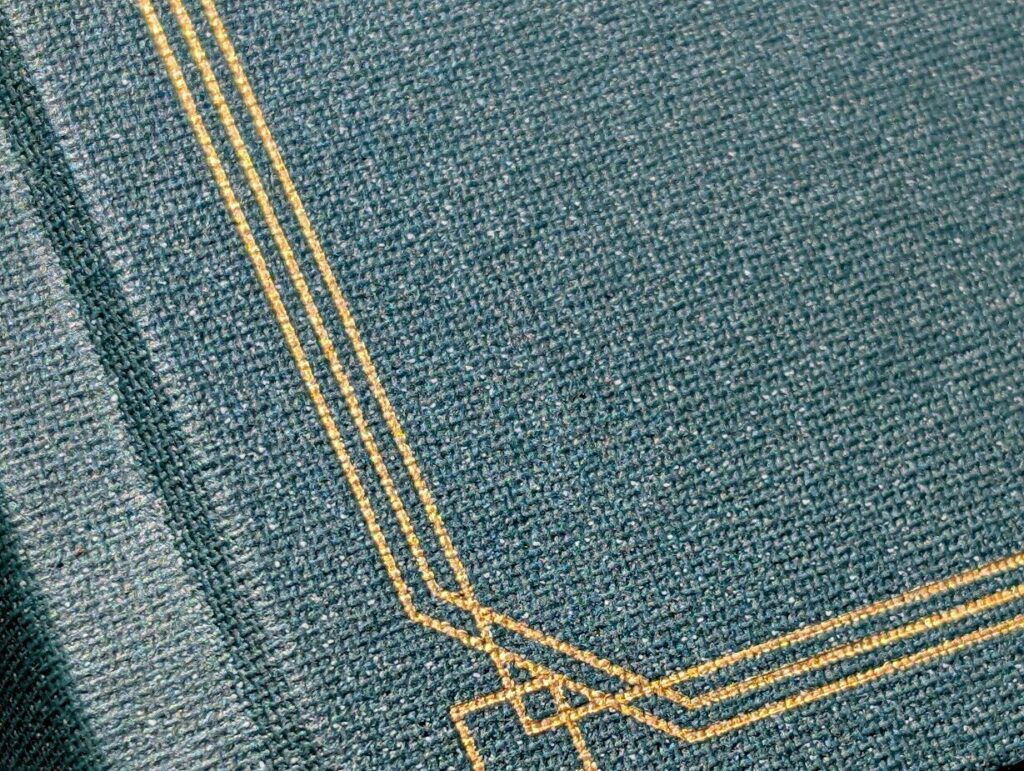

Early Conclusions
At this stage, I can only comment on the immediate effects of the spray on the appearance of the book. The true test—whether it prevents the gold from rubbing off—will only come with extended handling.
What I can say now is:
- The varnish did not discolor the cover cloth.
- The gilt lettering retained its luster after application.
- The initial white spotting diminished with repeated coats, and after “wiping down” the book with my hand, to the point where it would be acceptable for a loaner book.
- The biggest drawback was the spray nozzle clogging after the third application.


Leave a Reply